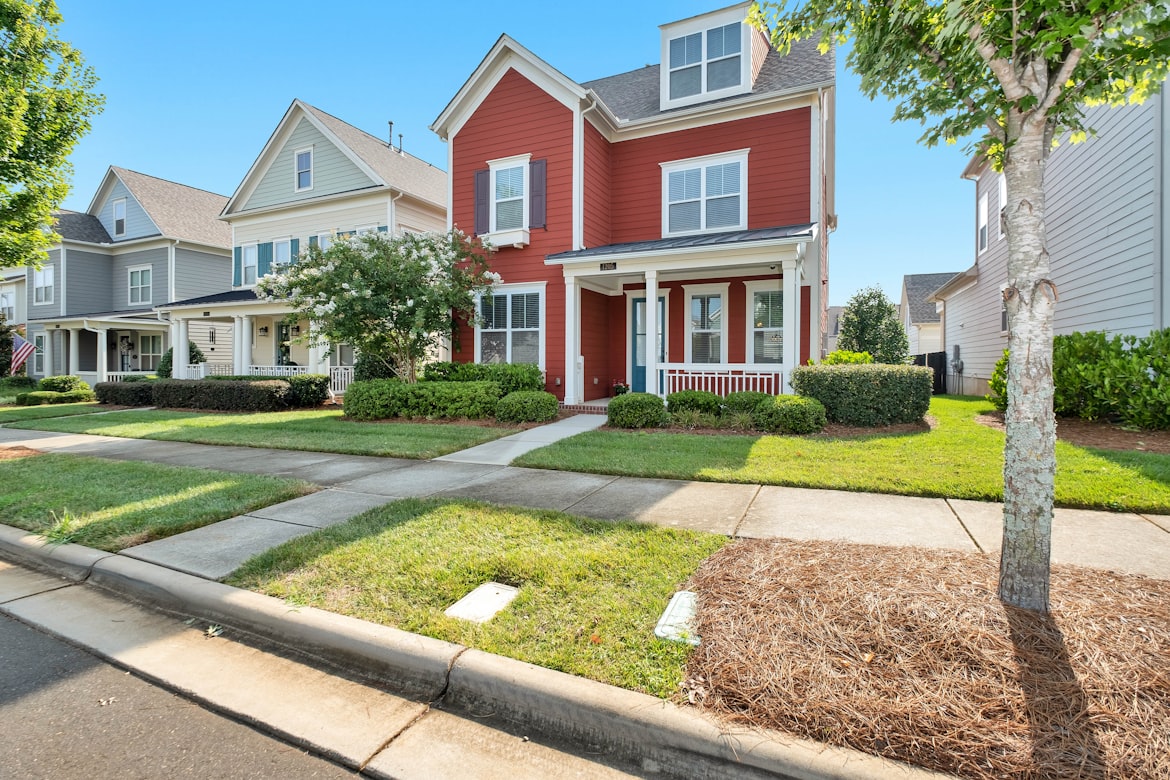The Incorporated Village Of East Hills's Past
Roslyn's planned new village's incorporation documents were submitted in 1931. The community of East Hills was founded a few months later.
During the late 1920s and early 1930s, the choice by minor Town of North Hempstead towns to become villages had grown in popularity. According to the book "The History of the Village of East Hills," owners of big holdings saw incorporation as a simple way to avoid paying taxes for municipal upgrades to the road and sewage systems, which did not benefit them directly. Another issue that drove some municipalities into incorporation was the ability to control zoning laws.
There are records of the first village attorney for the region that would become East Hills noting that the incorporation of East Hills was considered as a favorable step for the community since it would exempt them from a costly highway levy needed by the Town of North Hempstead.
The book further claimed that the concept of incorporation was advanced by a proposal to incorporate the Mackay Estate in the Roslyn Sewer District.
A 1931 story in the Roslyn News claimed that keeping companies out of the neighborhood was a significant factor in the incorporation of East Hills.
Despite their being over 250 individuals in the village, only 12 votes were cast when the incorporation proposal was put on the ballot. Each of the 12 voters cast a unanimous ballot. East Hills would function as a separate community.
A mayor and four trustees were overwhelmingly chosen to serve on the village board, according to a July 2, 1931, item in the Roslyn News.

The first election was held in John W. Mackay's barn.
Ellen Hennessey, Catherine Hechler, John W. Mackay, and Stephen H. Willets joined Robert H. Willets as village trustees, while Charles Hechler served as the town clerk. Robert H. Willets was chosen mayor.
On July 8, 1931, the Hechler house, a farmhouse on the Mackay property, hosted the inaugural village board meeting.
The first Village Hall on Town Path was opened on March 1, 1952, and the meetings were thereafter held there instead of at the home.
Around 1944, J. Oakey McKnight's house on Squirrel Hill Road hosted the first trial of the East Hills case in the living room.
During a fire, the defendant's car struck a fire hose. According to J. Oakey McKnight's story published in Philips' book, he was accused of lighting the fire and found guilty of arson.
Old Norgate, the first housing complex in East Hills, was created by Gustav A. Mezger.
According to Catherine Hechler's written recollections, the site on which Norgate was built includes land acquired from the Mackay Estate, Sarah Taber Willets, and a portion of the Hennessey Farm.
After purchasing a portion of the property near Red Ground Road, William Sherrard and his son developed it by laying out roadways and building homes on George and Sherrard streets.
According to Philips' book, Red Ground was included into East Hills because it provided the people and housing needed for inclusion.
Frank Clauson created Canterbury Woods in 1946.
In the Strathmore subdivision, 307 houses were constructed by Levitt & Sons in 1947.
The Fairfield Park complex was built by the Bandes Development Corporation in 1949, while Westwood was finished in 1950 by the Westgate Building Corporation.
A polo field previously existed at Fairfield Park.
According to Philips, for a few years during World War II, it was changed back into farmland before being rebuilt into a housing subdivision to enhance wartime food supply.
Three of the stately Mackay Estate's early 1900s buildings still stand today, despite the fact that the majority of the early 1900s house was destroyed by fires in the middle of the 1940s.
On Redwood Drive, a stone water tank from the Mackay Estate was included on the National Register of Historic Places in 1991, together with the Mackay Estate Gate Lodge and Dairyman's Cottage.
Elm Drive is where you'll find The Dairyman's Cottage, and Roslyn Road and Harbor Hill Road meet at Gate Lodge.
In 1950, Harry Berger began building East Hills Commons, and he later became the property's owner.
On the east side of Glen Cove Road in East Hills, Berger also started construction on the first office building in 1966.
It was a three-story structure with an elevator that cost about $250,000.
There were no public schools in East Hills prior to the 1950s, with the exception of Roslyn High School, which was constructed on property given by Clarence McKay.
Following that, three schools were constructed as more people moved to the neighborhood during the baby boom to buy homes.
While Roslyn Junior High School was constructed on Power House Road, East Hills Elementary School was constructed close to the junction of Round Hill Road and Locust Lane.
Harbor Hill School was built in 1959.
On the intersection of Locust Lane and Round Hill Road, St. Mary's Catholic Church launched a fundraising initiative to generate money for the construction of a parochial school.
In the 1950s, the first synagogue in Roslyn was constructed in East Hills.
On the east side of Roslyn Road, Temple Beth Sholom was built. According to Philips' book, the congregation of 35 families that made up the temple started in 1951.
This 40-year era after East Hills' incorporation saw the village's most significant change.
When East Hills was initially organized, 98 percent of it was farmland and estates, with residential dwellings making up the remaining 2 percent, according to a municipal newsletter.
The ratio had changed by 1971. With 98 percent of the community now being residences, East Hills only possessed 2 percent of its original farmland and estate holdings.

